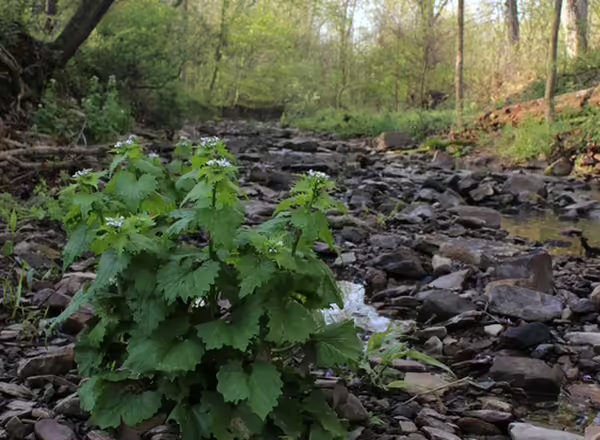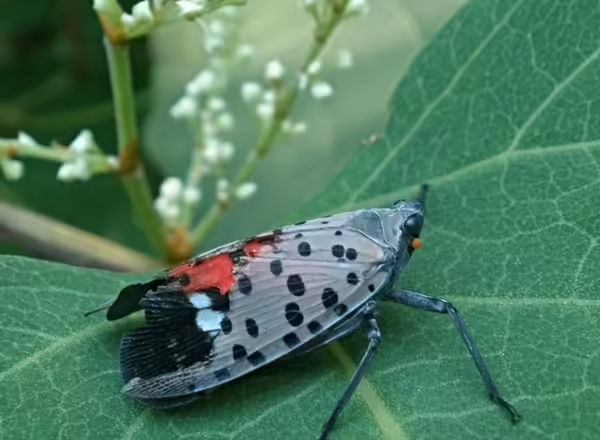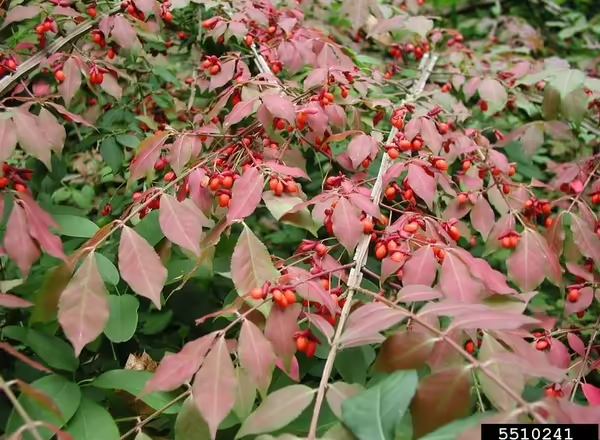
Invasives
Identification and Management
Selected Plants that Threaten Chicagoland Natural Areas: This guide provides information about invasive species in our region to aid in proper identification and management.
Invasive Plants of the Chicago Region: This resource provides you with suggestions for control and management of many common invasives.
Invasives Research with Extension: Learn about why and how we need to manage invasives in Illinois.
MIPN Invasive Plant Control Database: This database provides control techniques, and then compiles and ranks the effectiveness of control methods for many invasive plants common to the Midwest.
Invasive Alerts
Updated regularly to reflect the most up-to-date and relevant information
Jumping worms / Esp. Gusanos Saltadores : A group of non-native earthworm species in the Amynthas and Metaphire genera. Learn about how to prevent the spread of jumping worm and manage invasions in your own garden.
Spotted lanternfly / Esp. Mosca Linterna con Manchas (Lycorma delicatula): An invasive insect which targets fruit, ornamental, and woody trees.
Garlic mustard (Alliaria petiolata): A highly invasive forb threatening Illinois forests.
Chaff flower / Esp. Flor de Paja Japonesa (Achyranthes japonica): An invasive forb that is rapidly spreading throughout the Midwest.
Amur Bush Honeysuckle (Lonicera maacki): A widespread invasive shrub across the Midwest. This shrub grows quickly and starts growing before native plants in the spring, giving it a competitive advantage, and seeds are easily spread by birds. Bush honeysuckle describes a family of shrub-like honeysuckles.
Privet (Ligustrum spp.): Many species of non-native privets (Ligustrum spp.) threaten native plants by forming dense thickets and competing for resources in forest ecosystems. Privet has been used for ornamental hedgerows and privacy screens since the mid-1800s and is still available for purchase.
Buckthorn (Rhamnus cathartica): Common buckthorn grows in full sun and dense shade, allowing it to invade woodland, savannas, prairies, abandoned fields, pastures and roadsides. The dense shade it produces helps it to outcompete many native herbs. Once established, common buckthorn displaces native shrubs and trees in the mid-layer of the woodland where many bird species nest. It forms an impenetrable layer of vegetation that further degrades wildlife habitat.


